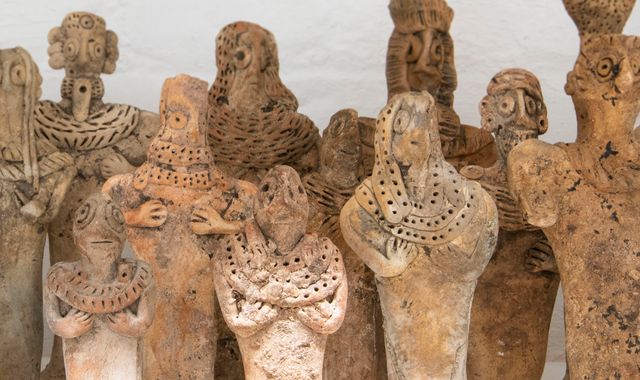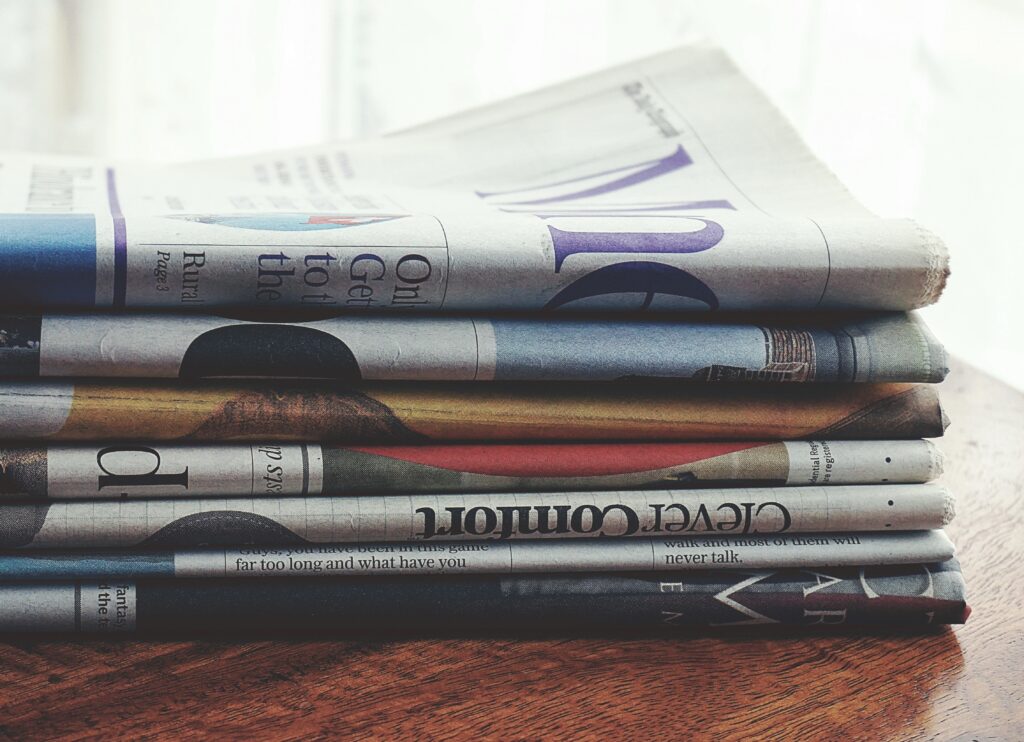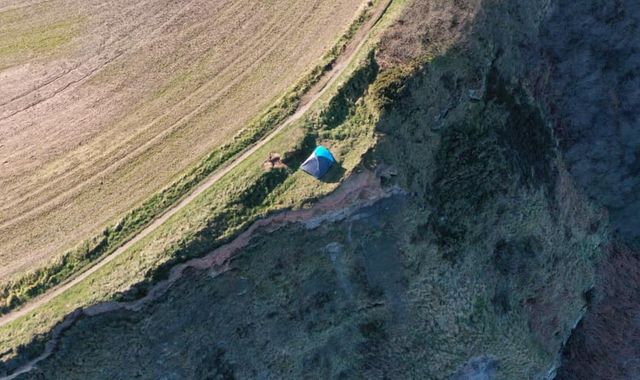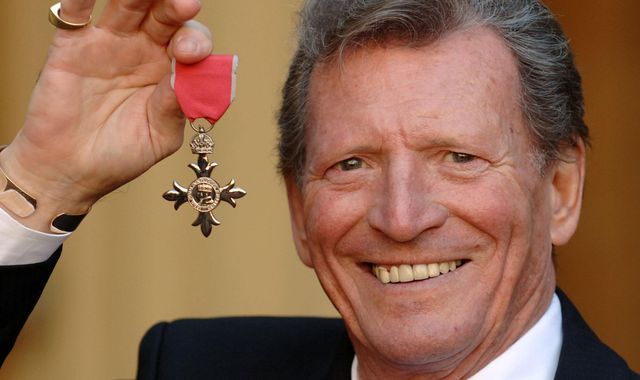Middle East clay antiques seized at Heathrow found to be fake by British Museum experts
Written by News on 05/05/2020
A haul of clay pots, figurines and tablets seized at Heathrow which appeared to be from the ancient Middle East have been identified as fakes by the British Museum.


Two trunks filled with individually bubble-wrapped items, including 190 clay tablets covered in script, were seized by Border Force at the London airport on 1 July 2019 after they were sent from Bahrain to a private UK address.
Experts from the British Museum’s department of the Middle East raised suspicions over their authenticity after examining the objects and photographs of them.
The tablets appeared to represent an almost complete range of basic items from ancient Mesopotamia.
School texts in the shape of cushions, designed to be held in one hand and written on one side, were included, as were prisms and cylinders designed to be buried as administrative texts and building inscriptions.
There were also votive mace heads, a royal inscription referring to the late Assyrian king Adadnirari, inscribed dedicatory wall cones, a mathematical tablet and an inscribed amulet resembling a unique example excavated at the Assyrian capital of Nimrud.
But the experts found many of the cuneiform inscriptions – one of the earliest forms of writing – made no sense as they were just a muddle of signs, with some invented and others upside down.
After inspection, the clay was all found to be a similar type, which would be impossible for genuine articles, and had all been fired to a high temperature in a modern kiln, instead of dried in the sun as the real items would have been.
The experts also spotted a common error of a forger working from photographs in a book when the size and thickness of the tablets did not match the originals.
Although the haul has been identified as fake, they will still be of use as the British Museum will now use them for teaching and training purposes, while a selection will go on display for a short period when it reopens.
Dr St John Simpson, curator at the British Museum, said: “These seizures confirm an emerging trend: capitalising on interest in the purchase of antiquities, unscrupulous traders are faking Middle Eastern objects for sale.
“These consignments confirm the importance of vigilance on the part of our law enforcement agencies and the role that museums need to play in the identification of these objects.”
:: Listen to the Daily podcast on Apple Podcasts, Google Podcasts, Spotify, Spreaker
Richard Nixon, senior Border Force officer at Heathrow, added: “Organised crime gangs are usually the drivers behind the counterfeit trade and, by making this seizure, our experienced officers have taken a substantial amount of money out of the hands of criminals.
“The links we have forged with experts at the British Museum were a vital part of this case and we will continue to work closely with them, as well as law enforcement partners, to stop counterfeit goods.”
(c) Sky News 2020: Middle East clay antiques seized at Heathrow found to be fake by British Museum experts







